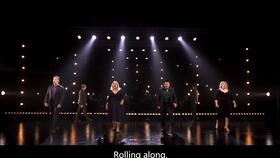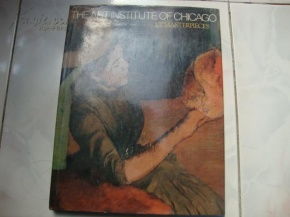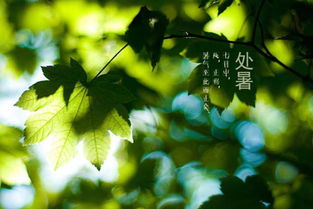Content:
Introduction: Fishing in a home pond can be a delightful and relaxing activity. Whether you are a beginner or an experienced angler, there are certain techniques that can help you catch more fish and make your experience more enjoyable. In this article, we will discuss the essential techniques for fishing in a home pond, including choosing the right equipment, understanding fish behavior, and mastering the art of casting and presenting your bait.
Choosing the Right Equipment: The first step in fishing successfully in a home pond is to choose the right equipment. Here are some essential items you should consider:
a. Rod and Reel: Select a rod and reel that are appropriate for the type of fish you are targeting. For smaller fish, a lightweight rod and reel combination will suffice. For larger fish, a heavier setup will be necessary.
b. Line: Use a monofilament line that is appropriate for the size of the fish and the type of fishing you plan to do. A general guideline is to use a line that is between 6 to 12 pounds for home ponds.
c. Hooks: Choose the right size and type of hook based on the fish you are targeting. For example, if you are fishing for panfish, use a size 4 to 6 hook. For larger fish like bass or catfish, use a size 2 to 4 hook.
d. Lures and Bait: The type of lure or bait you use will depend on the fish you are targeting. For example, live bait like worms or minnows can be effective for a variety of fish, while artificial lures like spinners or crankbaits can be used to attract more active fish.
Understanding Fish Behavior: To be successful at fishing in a home pond, it is crucial to understand the behavior of the fish you are targeting. Here are some key points to consider:
a. Feeding Patterns: Fish typically feed during dawn and dusk, so plan your fishing trips accordingly. However, some fish may be active throughout the day, so it is essential to observe the behavior of the fish in your pond.

b. Water Temperature: Fish are more active in warmer water, so fishing during the warmer months can be more productive. However, fish will still feed in cooler water, so don't be discouraged from fishing during the cooler months.
c. Cover: Fish often seek cover in dense vegetation, fallen logs, or other structures in the pond. Target these areas when fishing to increase your chances of catching fish.
Mastering the Art of Casting and Presenting Your Bait: Casting and presenting your bait effectively is crucial for successful fishing. Here are some tips to help you improve your casting and bait presentation:
a. Casting: Practice your casting technique to ensure you can cast your bait accurately and with minimal noise. Avoid casting directly towards the fish, as this can scare them away. Instead, cast slightly upstream or to the side of the fish.
b. Bait Presentation: Once you have your bait in the water, it is important to present it effectively. For live bait, let it sink naturally to the desired depth before starting to twitch or move it. For artificial lures, experiment with different retrieves and retrieves to see what works best for the fish in your pond.
Patience and Persistence: Lastly, remember that fishing requires patience and persistence. Don't get discouraged if you don't catch fish immediately. Fish can be unpredictable, and sometimes it takes time to find the right spot or technique. Stay focused, observe the behavior of the fish, and be prepared to adapt your approach as needed.
Conclusion: Fishing in a home pond can be a rewarding and enjoyable activity for anglers of all skill levels. By choosing the right equipment, understanding fish behavior, mastering the art of casting and presenting your bait, and practicing patience and persistence, you can increase your chances of catching more fish. So, grab your rod and reel, head to your home pond, and start applying these essential techniques to make your fishing experience more successful and enjoyable.












